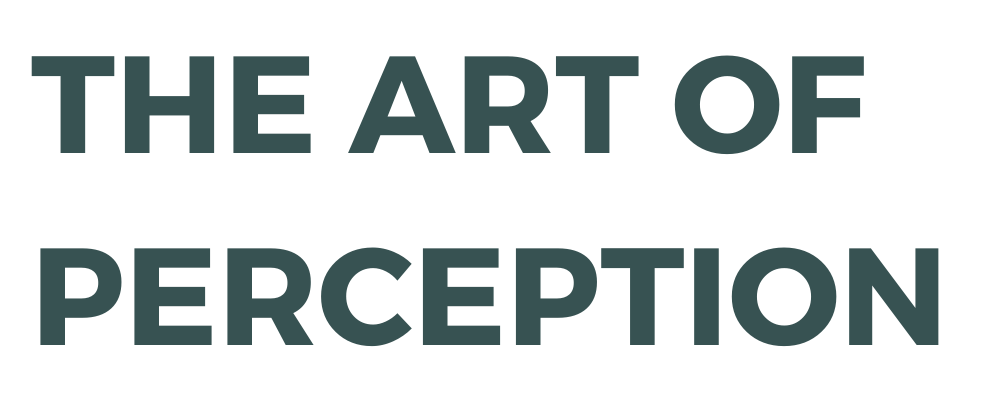Mindfulness - What is It?
So what exactly is Mindfulness?
Mindfulness has been around for many centuries, in fact several millenniums. The craft is referenced in many religious practices including Hinduism, Buddism, Judaism, Christianity and Islam, but more recently has evolved into a further accessible non-religious activity.
Mindfulness in its modern state was re-coined in the late 70s by Jon Kabat-Zinn, a former war activist and graduate of the prestigious college MIT (Massachusetts Institute of Technology). The practice combines positive psychology with meditation, purposefully living in the moment, mindful breathing (yes, we can breathe more effectively!), plus mindful yoga (body-mind connection).
Kabat-Zinn stated that mindfulness meditation is “…the awareness that arises from paying attention, on purpose, in the present moment and non-judgmentally”.
Whilst the latter part of that statement is reasonably challenging for most people, mindfulness does work to ease the constant chatter in your head that starts from the moment you wake in the morning to the time you drift off to sleep late at night. This chatter varies greatly but often things like “Ughh, do I really have to get up?” to “Why did I do that?”, “I can’t believe I said that!” and “I have to…” (fill in the gap), can be reasonably repetitive themes and can take up much of people’s mind space throughout the day.
But in practical terms, how can it help me?
Speaking personally, as a full time working mum, and general stress junkie, it can help a LOT! With the kids, it can stop me from going complete crazy bear when my kids don’t close the fridge door, or decide it would be a great thing to get up at 4am in the morning to play FIFA, to smiling politely when calmly suggesting to someone in work, for the fifth time, that it might be best to proofread the email BEFORE it goes out!
From a professional point of view, evidence from the last decade shows that adopting a mindfulness practice can treat emotional and behavioural disorders, ease major depression, anxiety, chronic pain and eating disorders. In simple terms, by merely paying attention, without judgement or action, we can learn to choose the life we wish to lead, instead of letting life lead us.
So how do I do this?
There are a multitude of free resources online to inform and inspire people of all ages and skepticisms. The trick is not to give up when the little voice inside your head says:
“This is so not working! What are you doing? It feels much better to be real and miserable.... Things feel worse, not better. Mindfulness Pah!”
Ride through the negative voices and urges to stay in bed, and get up 20 minutes early to set positive intentions for the day, paying gratitude to the world for waking up! Go for that walk at lunchtime and take in the sights and sounds, even if it is raining!
If we all just took a minute to breathe, value our worth and find a little bit of love in our hearts for the sun shining, the birds tweeting and the traffic lights turning green (before we get there), the day would be much, much brighter!
There are also some awesome Mindfulness Based Stress Reduction (MBSR) courses, based on Kabat-Zinn's techniques, across the country to hone your skills and keep those chattery little voices at bay!


